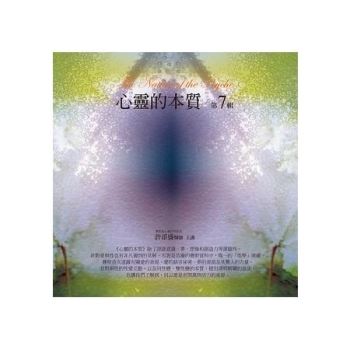This volume makes a powerful argument for epitome (combining textual dismembermentand re-composition) as a broad hermeneutic field encompassing multifarious historical, conceptual and aesthetical concerns. The contributors gather from across the globe to present case studies of the ’summing up’ of cultural artefacts, literary and artistic, in epitomic writing, and as a collective they demonstrate the importance of this genre that has been largely overlooked by scholars.
The volume is divided into five sections: the first showcases the broad range of fields from which epitomic analysis can be made, from classics to postmodernism to cultural memory studies; the second focuses in on epitome as dismemberment in writing from late antiquity to the modern day; the third considers a ’productive negativity’ of epitomic writings and how they are useful tools for investigating the very borders and paradoxes of language; the fourth brings this to bear on materiality; the fifth considers re-composition as a counterpart to dismemberment and problematises it.
Across the volume, examples are taken from important late antique writers such as Ausonius, Clement of Alexandria, Macrobius, Nepos, Nonius Marcellus and Symphosius, and from modern authors such as Antonin Artaud, Barthes, Nabokov and Pascal Quignard. Epitomic writings about art from decorated tabulae to sarcophagi are also included, as are epitomic images themselves in the form of manuscript illustrations that sum up their text.
| FindBook |
有 1 項符合
Epitomic Writing in Late Antiquity and Beyond: Forms of Unabridged Writing的圖書 |
 |
Epitomic Writing in Late Antiquity and Beyond: Forms of Unabridged Writing 出版社:Bloomsbury Academic 出版日期:2024-04-18 語言:英文 規格:平裝 / 320頁 / 23.39 x 15.6 x 2.54 cm / 普通級/ 初版 |
| 圖書館借閱 |
| 國家圖書館 | 全國圖書書目資訊網 | 國立公共資訊圖書館 | 電子書服務平台 | MetaCat 跨館整合查詢 |
| 臺北市立圖書館 | 新北市立圖書館 | 基隆市公共圖書館 | 桃園市立圖書館 | 新竹縣公共圖書館 |
| 苗栗縣立圖書館 | 臺中市立圖書館 | 彰化縣公共圖書館 | 南投縣文化局 | 雲林縣公共圖書館 |
| 嘉義縣圖書館 | 臺南市立圖書館 | 高雄市立圖書館 | 屏東縣公共圖書館 | 宜蘭縣公共圖書館 |
| 花蓮縣文化局 | 臺東縣文化處 |
|
|
圖書介紹 - 資料來源:博客來 評分:
圖書名稱:Epitomic Writing in Late Antiquity and Beyond: Forms of Unabridged Writing
內容簡介
作者簡介
Paolo Felice Sacchi is a researcher at Ghent University, Belgium.
Marco Formisano is Professor of Latin Literature at Ghent University, Belgium. He has published extensively on late antique literature, both prose and poetry, Greek and Roman technical and scientific texts, early Christian martyr acts and classical reception. His publications include Un-learning the Classics: Studies in Late Latin Textuality.
|











